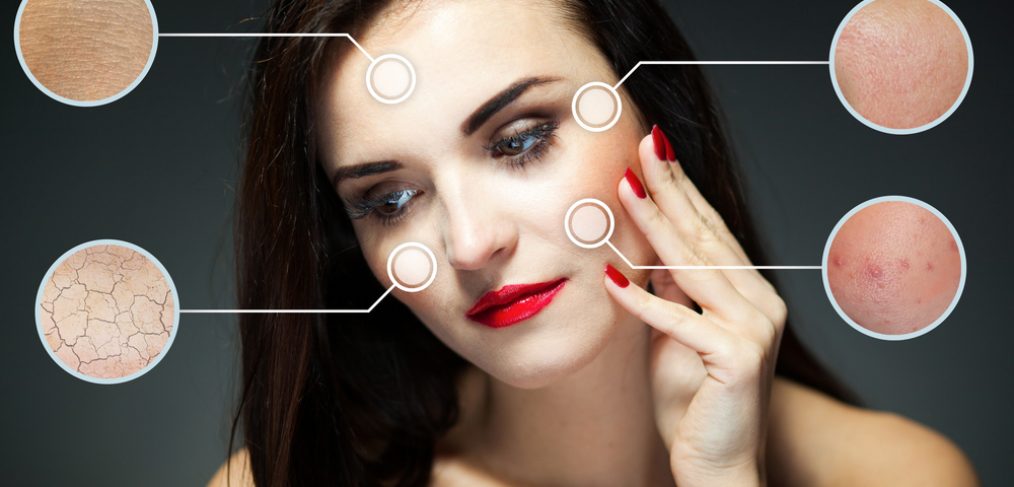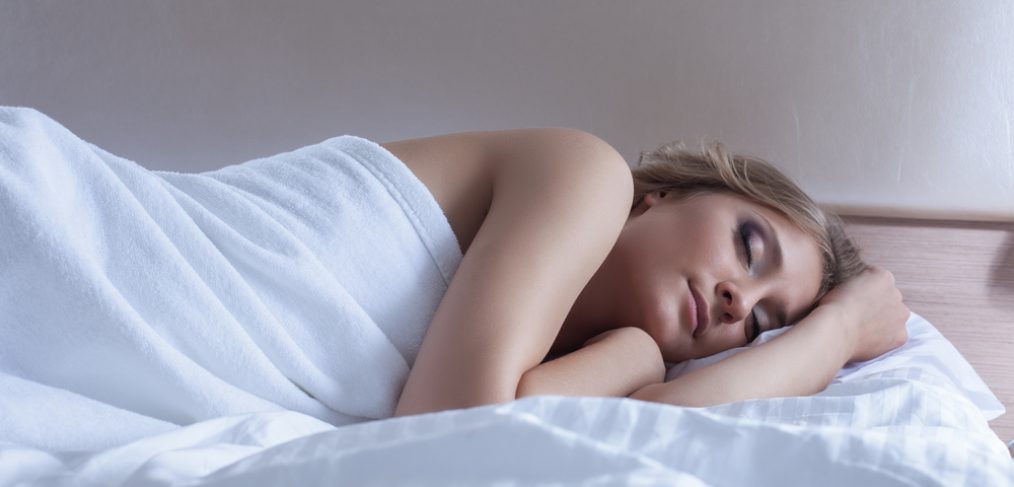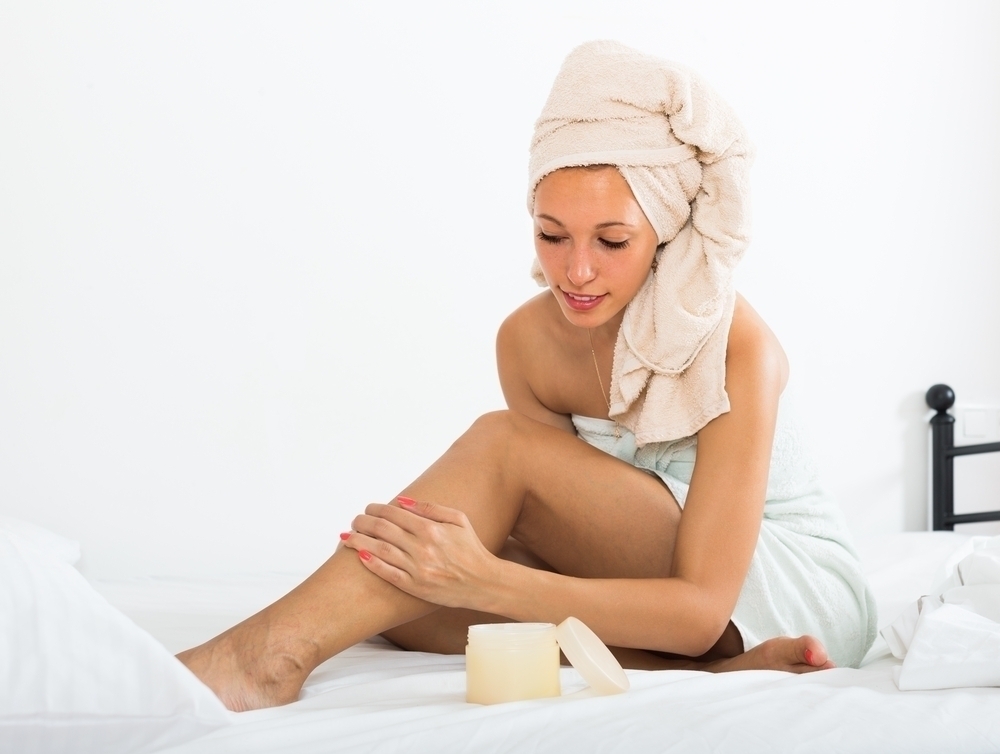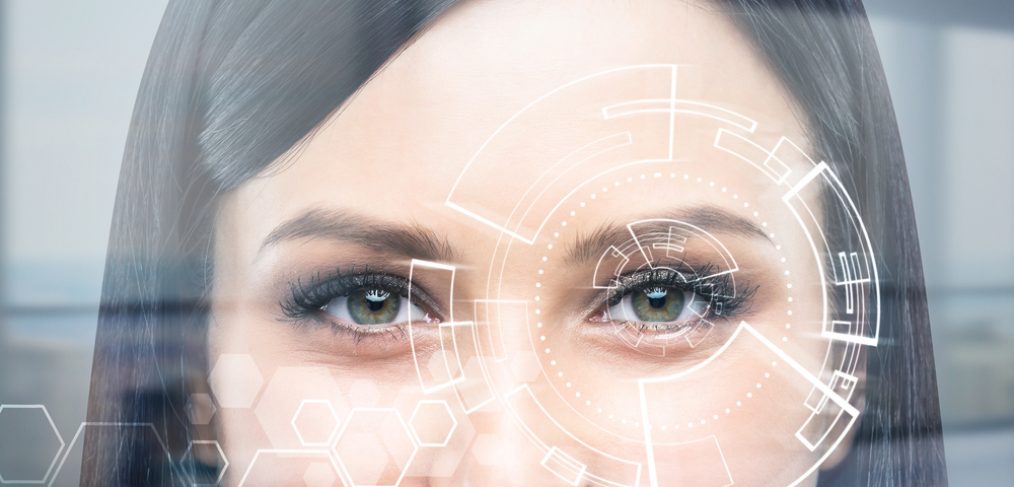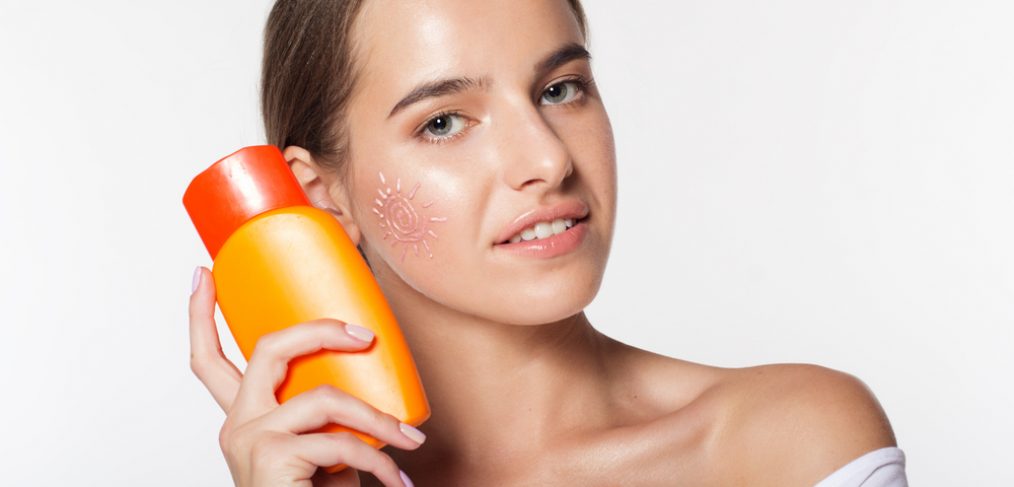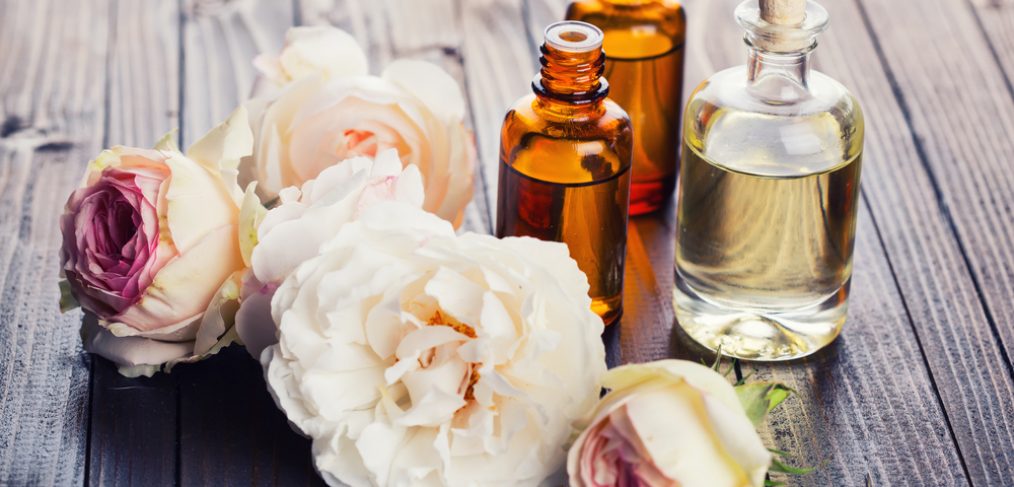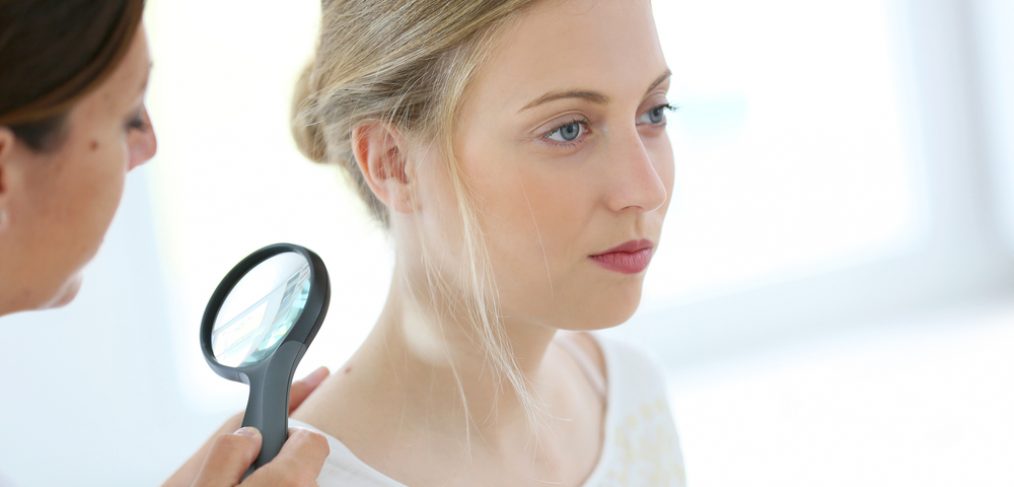As we age, our skin changes drastically. Skin is a reflection of what is going on inside our bodies. When we eat well, it shows in the skin. The skin also betrays when we eat poorly. Our skin reflects when we are stressed, tired, happy, and angry. It’s no surprise that our skin will also change when we get older, even though they are definitely not always welcome changes.
What happens to your skin at 40?
What is your body doing?
Your estrogen levels are heading down. You may be experiencing a slower metabolism and more fatigue.
How does your skin reflect this?
The collagen that keeps your skin firm is starting to break down. Your skin is also losing hyaluronic acid, which helps maintain the skin’s elasticity, giving the skin that bouncy, youthful appearance.
What can you do?
- Taking a low dose of estrogen can help keep your estrogen levels from dropping too drastically, so these changes won’t happen quite so suddenly. This can make them more manageable.
- Adding a product with hyaluronic acid will help your skin maintain its elasticity and hydration.
- Using a retinol will increase the cell turnover of your skin. This will keep your skin looking fresh and bright- just make sure you are using a good exfoliator because retinol will create dead skin cells to exfoliate away and uncover younger-looking skin.
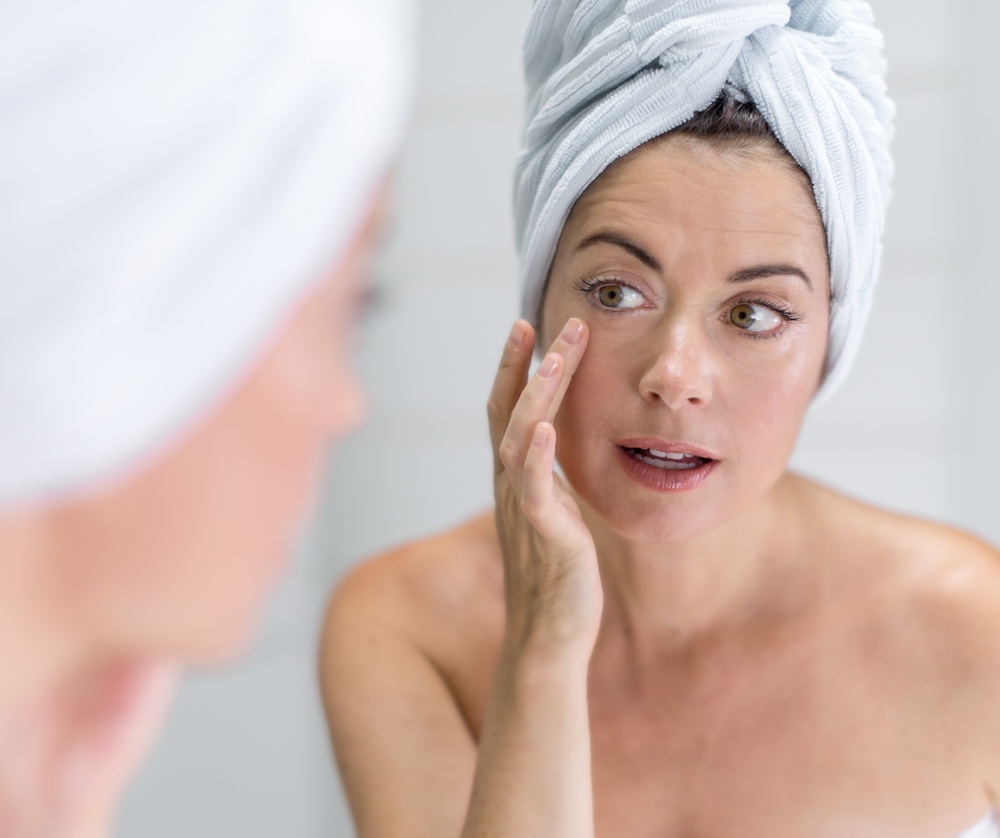
What happens to your skin at 50?
What is your body doing?
Most women experience menopause during their 50’s. This means their estrogen production has slowed or stopped.
How does your skin reflect this?
Your skin can lose up to 30% of its collagen in the first few years of menopause. Skin will lose a lot of its elasticity, and be much more prone to dryness. Wrinkles will deepen as your skin loses collagen.
What can you do?
- Hormone therapy (if your doctor approves) can help your skin hold on to more of its collagen.
- Keep using retinol creams and firming eye creams to slow the loosening of the skin, especially around the eyes.
- Switch to a rich night cream to combat dryness.
What happens to your skin at 60?
What is your body doing?
As you age, your body becomes more susceptible to illness. Your immune system isn’t as strong, and things like smoking and drinking start to have a more negative effect.
How does your skin reflect this?
Your skin is drying out and thinning, so it is much more sensitive to sun damage, heat rash, damage from smoking, and other environmental factors. Wrinkles can deepen, and collagen breaks down further.
What can you do?
- Keep using your rich night creams and retinol.
- Protect the skin around your eyes- it is your thinnest skin.
- Be careful to wear sunscreen and shield your skin from the sun as much as possible.
- Most importantly, don’t worry about it! If you care for your body and your skin, you will age beautifully.




